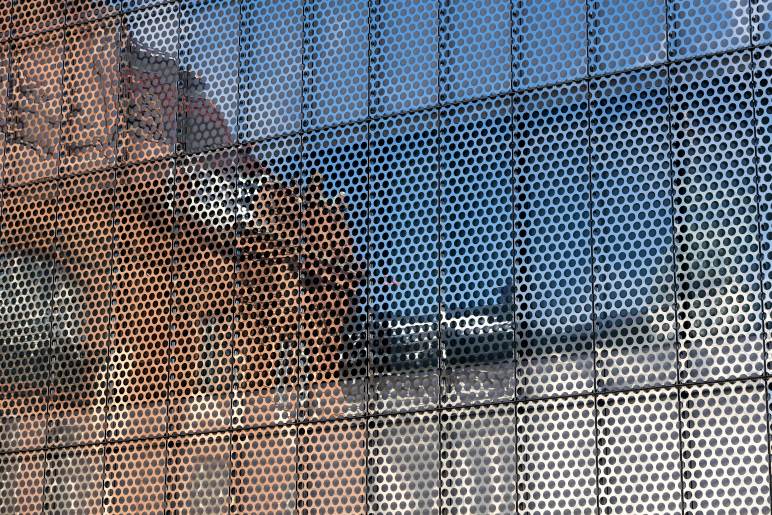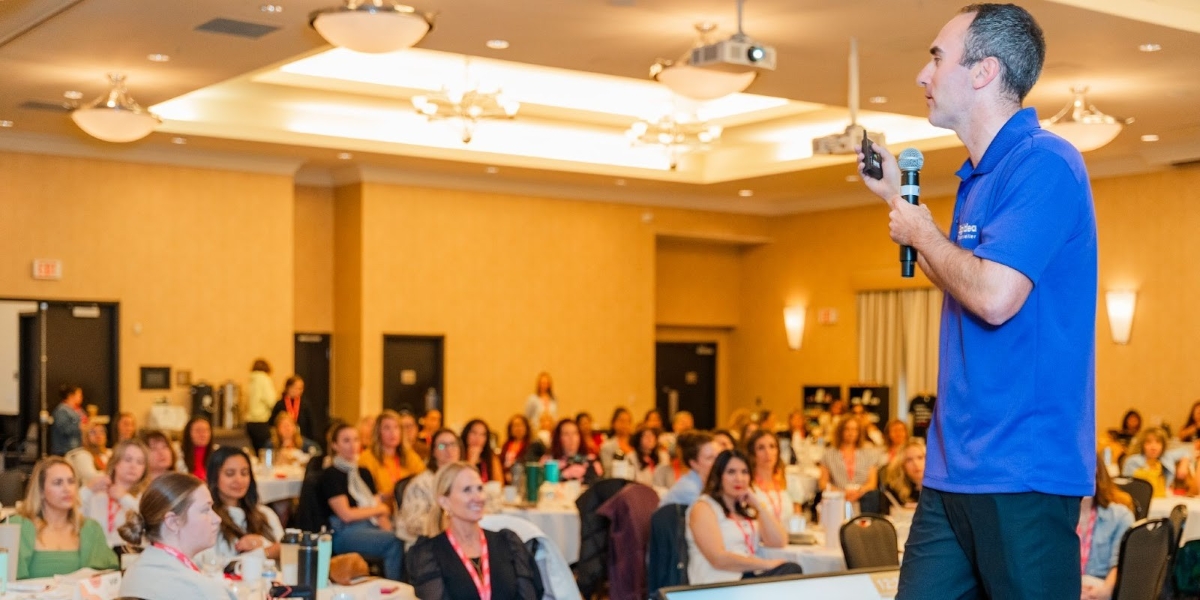By: Matthew Kayser
California’s skyline tells a story of ongoing evolution. From Silicon Valley’s sleek tech campuses to Los Angeles’ entertainment complexes, architects across the state are exploring new ways for buildings to interact with climate, light, and urban density. At the heart of this transformation lies a material that, while not new, is increasingly central to modern design: architectural metal.
The shift reflects more than aesthetic trends. California’s demanding climate conditions—intense sun, seismic activity, and growing sustainability mandates—require building materials that offer both aesthetic appeal and functional performance. Architectural metals, particularly perforated and expanded varieties, have become valuable tools in addressing these complex challenges, while also offering a wealth of design possibilities.
Beyond Function: Metal as a Design Language
What makes architectural metal appealing isn’t just its durability—it’s its versatility. Perforated metal panels can be tailored with almost any pattern, hole size, or configuration, enabling architects to design facades that simultaneously filter light, provide privacy, allow airflow, and express creative vision.
This adaptability has made architectural metal a popular choice for some of California’s most ambitious projects. Across the state, from perforated metal sunshades at university recreation centers to decorative screening at prominent sports venues like Dodger Stadium, these materials are changing the way we think about building surfaces.
The technical benefits are equally noteworthy. Perforated metal significantly reduces solar heat gain—an important factor for California’s energy efficiency goals—while maintaining structural integrity and requiring minimal maintenance over long periods. Evidence suggests that, when properly designed, perforated metal systems can reduce cooling costs by up to 30% compared to traditional solid facades, making them an appealing option for developers focused on long-term operational efficiency.
California’s seismic requirements introduce another layer of complexity, which architectural metals help to address effectively. Their lightweight nature reduces structural loads while enhancing wind resistance, and their modular installation methods facilitate building movement without compromising the integrity of the facade.

Innovation Meets Tradition
California architects have long been at the forefront of exploring new materials, and the current applications of architectural metal continue this tradition. Projects like UC Riverside’s Student Recreation Center demonstrate how expanded mesh and perforated panels can create dynamic, sculptural facades that respond to both climate and aesthetics.
The material’s versatility extends beyond exterior applications. Interior designers are increasingly incorporating architectural metals into ceiling systems, feature walls, and space dividers, creating environments that blend industrial aesthetics with refinement. Restaurants, corporate offices, and retail spaces throughout California are discovering how perforated panels can define spaces while preserving visual connectivity and airflow.
Recent projects have also shown how architectural metal can help address California’s housing density challenges. Multi-family residential developments are using decorative metal screens to provide privacy for balconies and outdoor spaces, while still maintaining the open feel that is characteristic of California living.
For building owners, the value of architectural metals is clear: they offer longevity, energy efficiency, and design flexibility that other materials might not. As California continues to lead national discussions around sustainable building practices, these materials provide practical solutions that balance performance with visual appeal.
A Material for Modern Challenges
The growing use of architectural metal in California reflects broader industry shifts toward modular, adaptable building systems. Unlike traditional materials, which often lock architects into fixed designs, perforated and expanded metals can be reconfigured, replaced, or updated as building needs evolve. This flexibility proves particularly valuable in California’s fast-changing urban environments.
Advancements in manufacturing have made custom perforations more accessible than ever. Architects can now specify unique hole patterns, gradients, and textures that create distinctive visual signatures while maintaining essential performance features. This customization ability has opened up fresh possibilities for branding, wayfinding, and artistic expression within functional building elements.

Looking Forward
As California’s building industry continues to adapt to stricter environmental standards and evolving urban needs, architectural metals represent a convergence of innovation and practicality. Companies like AMICO Architectural Metals are collaborating with architects to develop tailored solutions that meet project-specific requirements while advancing broader industry goals.
The result is a built environment that is designed to perform efficiently, endure over time, and inspire daily interaction. In a state known for setting trends, architectural metal could well be a key element in the future of thoughtful, responsive design—one perforated panel at a time.
Whether it’s screening parking structures, shading recreational facilities, or defining iconic facades, architectural metals are playing an increasingly important role in how California builds for the future. The material revolution isn’t solely about what we build—it’s about how we thoughtfully approach the building process.






